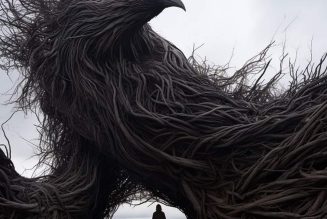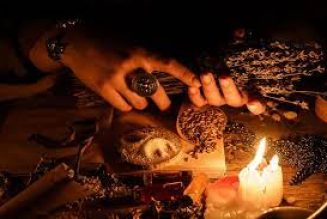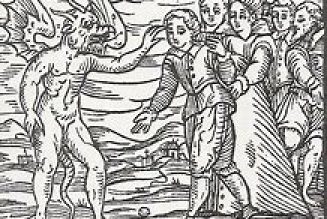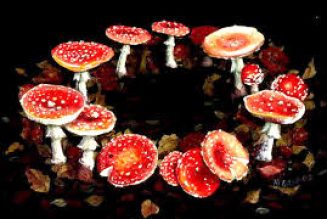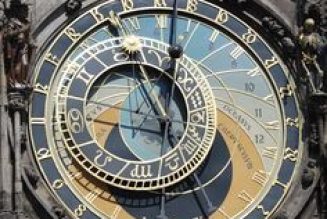In ritual, the repetition of sacred or magical words, names and phrases to alter consciousness and raise psychic power.
Chanting, done in conjunction with dancing, drumming, visualization and body movements and postures, is one of the oldest and most universal techniques to align human consciousness with the
realms of spirits and the gods.
The principle behind chanting is expressed in the Eastern mystical concept of the mantra, sacred words or the names of God/Goddess, which are chanted verbally or silently.
The term mantra means “to protect,”, especially the mind.
The mantra harnesses the power of the vibration of shabda, sacred sound.
The repetition of mantras unleashes certain cosmic forces that drive deep into the consciousness, down to the level of the cells.
When a name of God/Goddess is chanted or repeated, for example, a person thus aligns every cell in his or her being with the highest divine consciousness possible, imbuing that consciousness into his or her being.
The alignment of consciousness raises a tremendous psychic power for creating change.
In magic, this power is utilized in spellcraft. When the power is raised, the spell (a desired goal or outcome) is chanted forcefully.
The energy sent out into the spiritual realm thus works to manifest change in the physical realm.
Chanting has been an important part of magical rituals since ancient times.
In ancient Greece, female sorcerers were said to howl their magical chants.
Early and medieval sorcerers and magicians also chanted their incantations in forceful voices, a practice carried into modern times.
Folk witches chanted their charms and spells.
The chants of contemporary Witches and Pagans may be names of Goddess or Horned God, rhymes, charms, alliterative phrases, or sacred words or runes (chant-songs) derived from various spiritual traditions.
Chanting may be done during a ring dance that accelerates in tempo (thus contributing to the raising of power), or while working with cords.
In shamanic traditions, shamans chant power songs that follow rhythms and melodies that have been passed down through generations.
The words vary according to the individual.
Power songs help a shaman achieve an altered state of consciousness for healing or divining.
The chanted songs are monotonous, have short refrains, and have different purposes.
Almost every very shaman has at least one chant to summon his power animal or guardian spirit, which provides the source of his shamanic powers.
Native Americans have chants for the undertaking of many activities, such as hunts, battles and weather control, and funeral rites and initiations.
Curing chants are important in Navaho ceremonies.
The chants are long texts in which are entwined myths about how the chants were performed for the first time by deities or supernatural beings.
The chanters must chant the texts perfectly, or chanting else the cures are nullified.
Incorrectly rendered chants also will strike the chanter with the illness they are supposed to cure.
The chants may go on for days and nights.
A chanter is assisted by helpers, all of whom are paid for their work.
If a chanter of great repute fails to cure an illness, he usually blames witchcraft as the reason.
If sickness has been caused by a witch’s spell, only Evil Way chants will be effective.
Navaho chanters take care not to perform the same chant more than three times a year, lest they suffer the illness they cure
